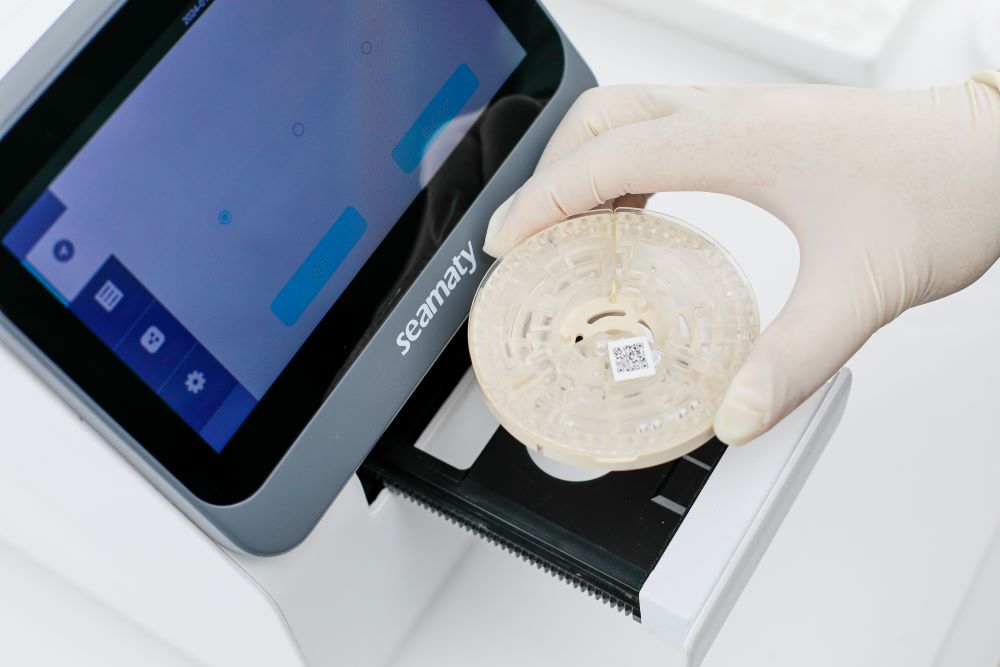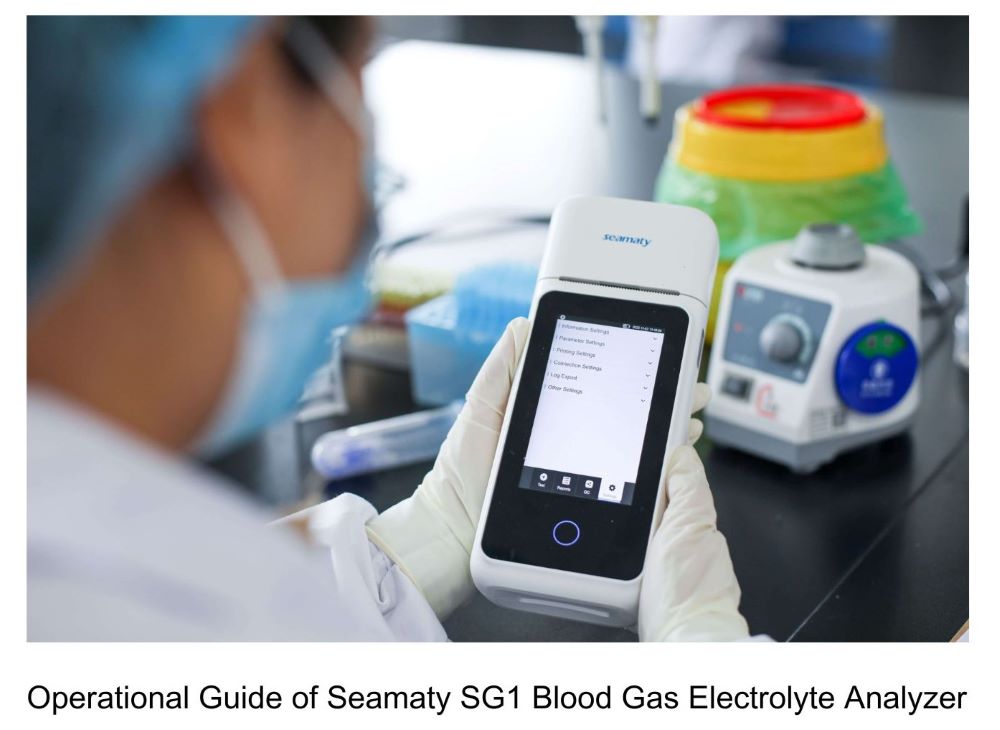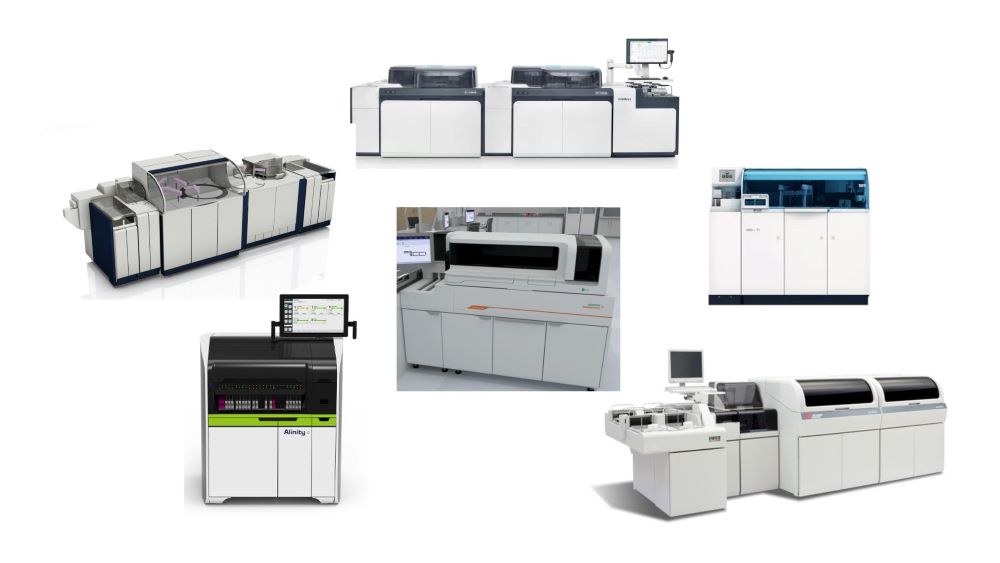release time:2022-10-11 14:49:54
1. General biochemical tests are performed by collecting venous blood in the morning on an empty stomach. Fast for 8-12 hours prior to blood collection.
2. For items requiring non-anticoagulant blood, take the prescribed amount of blood into a clean, dry tube. Allow the blood to clot at room temperature and then separate the serum.
3. for items requiring anticoagulation, be sure to see which anticoagulation tube is being used and what volume of blood is required. Shake well after injection into the tube to achieve anticoagulation. especially items in dedicated anticoagulation tubes.
4. Anti-contamination items should be operated aseptically when collecting specimens. Some items also need to be operated in an anaerobic environment.
5. urine tests require the collection of fresh mid-stage urine. The appropriate preservative needs to be added when doing biochemical tests.
9. if the blood specimen cannot be sent for examination in time, the serum or plasma should be separated and stored at 4℃.
Choice of anticoagulant
1. heparin: a more commonly used anticoagulant, commonly used in blood gas analysis and some biochemical items determination. 1g/L of heparin solution 0.5ml can make 5ml of blood will not be coagulated.
2. EDTA・Na2 or EDTA・K2: used in blood cell analysis and hematocrit determination 1.5-2.2mg of EDTA can prevent 1ml of blood from clotting.
3. potassium oxalate - sodium fluoride: mainly used for blood glucose measurement. Because sodium fluoride inhibits anaerobic enzymolysis of red blood cells, glucose levels in blood specimens remain constant for 2-3 days.
4. sodium citrate: sodium citrate solution is commonly used for coagulation factor (PT, APTT) tests. The anticoagulant to blood ratio is 1:9. 0.4 ml of sodium citrate solution plus 1.6 ml of blood is used for the sedimentation test.
Common preservatives for urine specimens
1. concentrated hydrochloric acid dosage 0.5-1.0ml/100ml urine: suitable for 24-hour urinary quantification of urinary catecholamines, vanillylmandelic acid (VMA), 17-hydroxy and 17-ketosteroids, etc.
2. toluene dosage 0.5-1.0ml/100ml urine, suitable for the determination of urinary muscle liver, urinary sugar, protein, acetone, etc.
3. glacial acetic acid dosage 5-10ml/24 hours urine: suitable for 24 hours urinary aldosterone determination.
4. formaldehyde dosage 0.2-0.5ml/100ml urine: it has the function of preserving and fixing the organic fraction in urine, and is used for the preservation of cells and tube type in urine. Commonly used for 24-hour urine sediment count (Addis) assay.

2024-05-15
Discover the future of lab diagnostics with the fully automated microfluidic dry biochemical analyzer. Combining speed, accuracy, and ease of use, this cutting-edge device is ideal for hospitals, labs, and health centers, providing rapid and reliable biochemical testing with minimal maintenance and cost.

2024-01-12
Discover the Seamaty SG1 Blood Gas Analyzer – your go-to for quick and easy healthcare diagnostics. From its portable design to fast results, this guide takes you from beginner to pro. Learn how to use it anywhere, anytime, and enhance patient care effortlessly!

2023-12-05
Explore cutting-edge solutions with our guide to six high-performance biochemistry analyzers for mid-to-large laboratories. From Roche's innovative c702 to Mindray's precision-driven BS-2800M, discover the latest advancements in biochemical analysis technology.